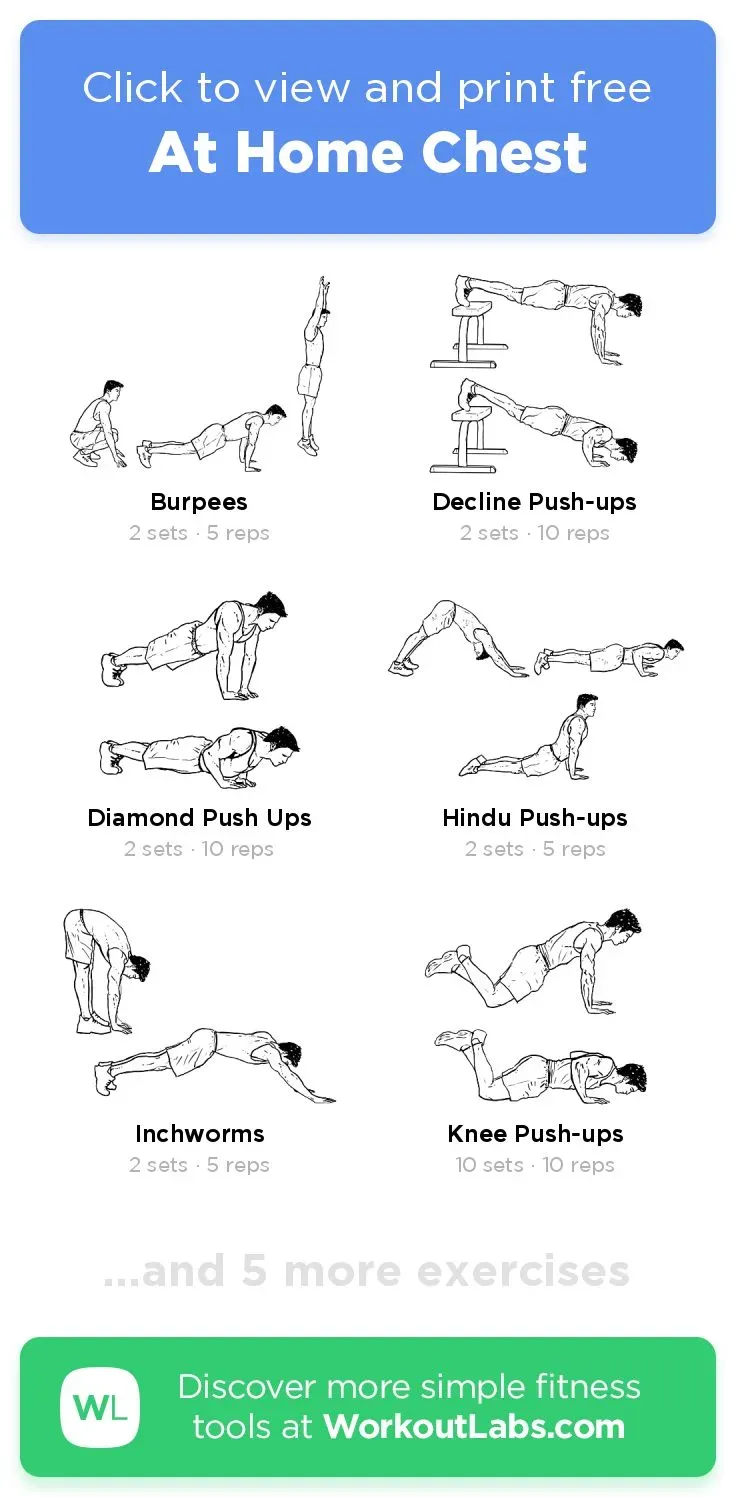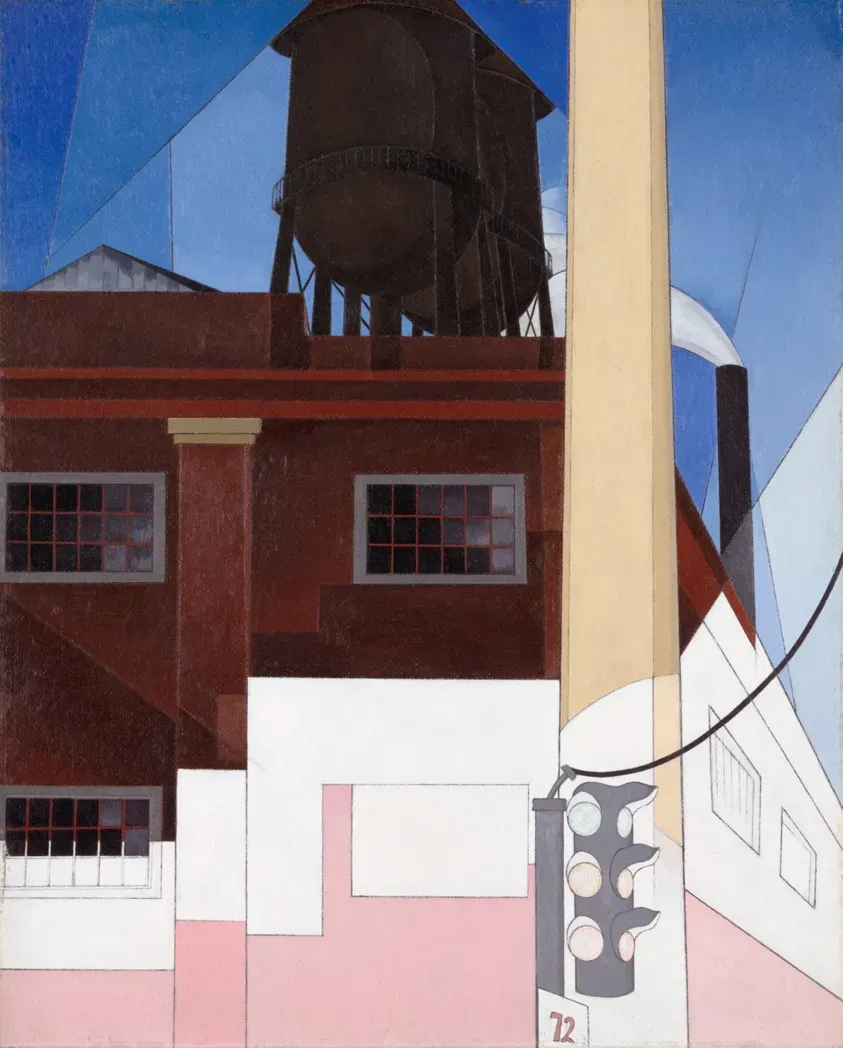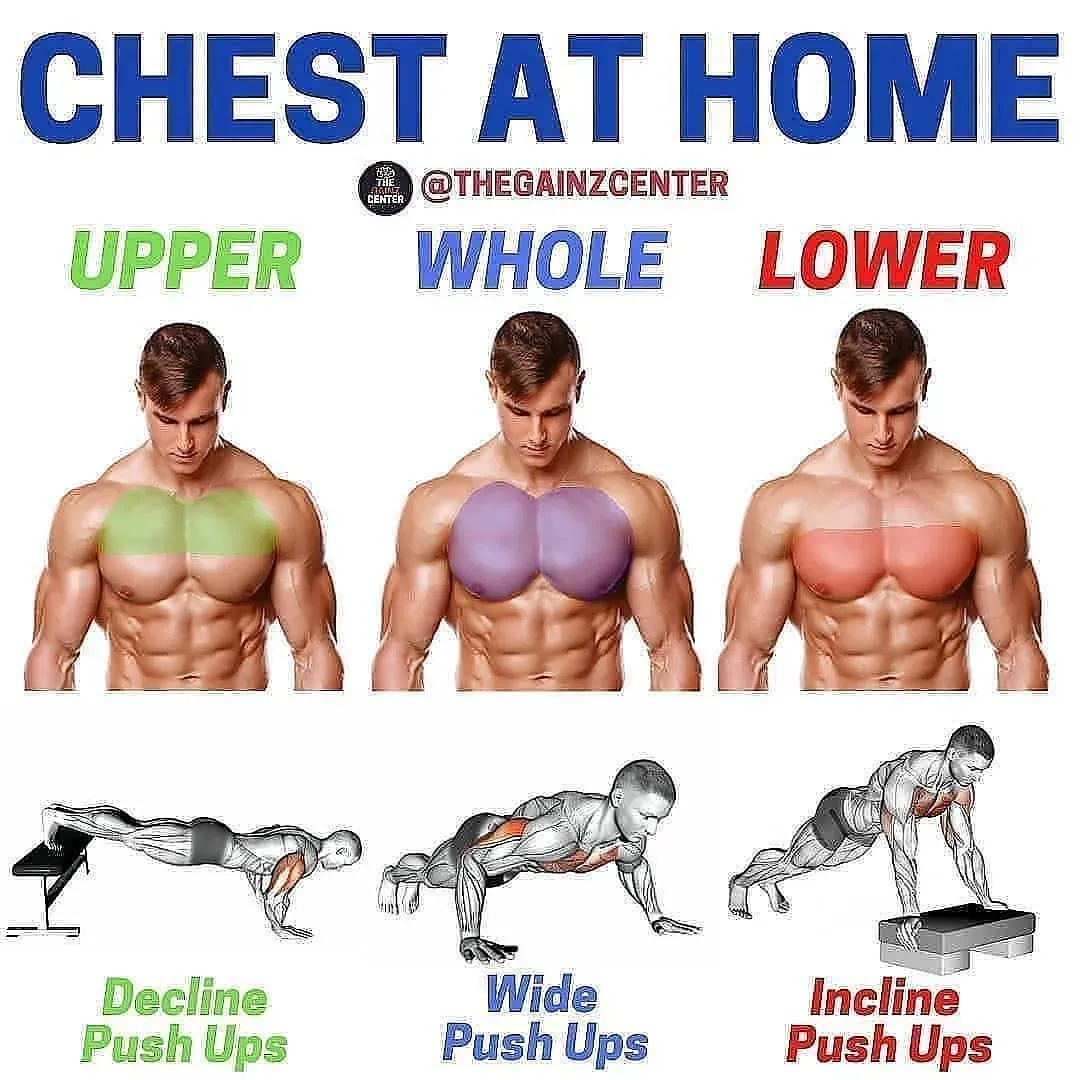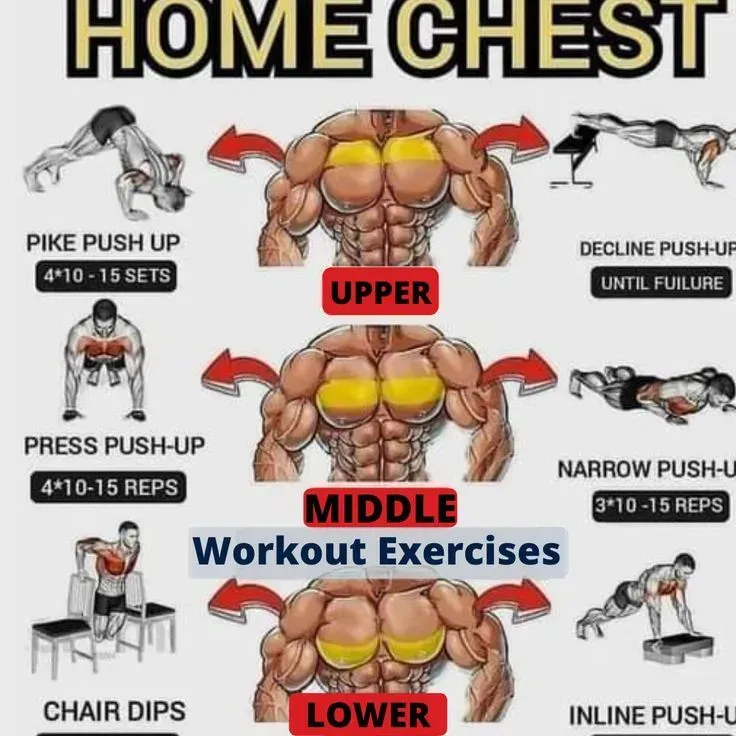Table of Contents
Think building a strong chest requires heavy benches and racks of weights at a crowded gym? Plenty of people do. They picture endless sets under intimidating iron, which feels miles away from their living room. But the reality is, you can absolutely start building solid chest strength right where you are, with minimal fuss and zero commute. This guide focuses squarely on chest exercises at home for beginners, cutting through the noise and giving you actionable steps you can take today. We're not just talking aesthetics, though a toned chest is a nice bonus. We're talking about functional strength – the kind that makes everyday pushing and lifting easier, improves posture, and just makes you feel more capable. We'll cover effective moves using just your bodyweight, proving you don't need gear to start. Then, we'll show you how adding a simple pair of dumbbells can step things up significantly. Stick with this, and you'll see that getting a decent chest workout without leaving the house isn't just possible; it's surprisingly effective for anyone starting out and looking for convenience.
Why Bother with Chest Exercises? (Beyond the Mirror)

Why Bother with Chest Exercises? (Beyond the Mirror)
It's More Than Just Looking Good in a T-Shirt
Let's be honest, most people start thinking about chest exercises because they want that defined look. Totally valid. But focusing solely on aesthetics is like buying a sports car just to park it in the garage. Your chest muscles, primarily the pectoralis major and minor, are actually pretty crucial workhorses for a ton of movements you do every single day. Think about pushing open a heavy door, lifting groceries out of the car, or even just hugging someone. Those are your pecs at work. Neglecting them isn't just missing out on a sculpted look; it's potentially shortchanging your functional strength and making basic tasks harder than they need to be. It's about building a capable body, not just a showpiece.
Underestimated Role in Stability and Metabolism
Beyond the obvious pushing motions, your chest muscles play a supporting role in shoulder stability. A weak chest can sometimes contribute to shoulder issues down the road, especially if you're doing other upper body work. Plus, like any larger muscle group, working your chest requires energy. Building and maintaining muscle tissue boosts your metabolism slightly even at rest. While it's not a magic bullet for weight loss, every little bit helps, right? Training these muscles properly helps ensure balanced strength across your upper body, reducing the risk of imbalances that can lead to awkward movement patterns or injury. It's about building a robust frame that supports everything else you do.
- Improved pushing strength for daily tasks.
- Enhanced shoulder stability and health.
- Support for better posture.
- Contribution to overall upper body balance.
- Minor boost in resting metabolism.
Chest Exercises at Home for Beginners: No Equipment Needed

Chest Exercises at Home for Beginners: No Equipment Needed
Starting Strong with Just Your Body
ditch the idea that you need fancy machines or heavy plates to start working your chest. The most fundamental, arguably the most effective, exercise for your chest – especially for beginners – uses nothing but your own weight. We're talking about the humble push-up. It’s a classic for a reason. It hits your chest, shoulders, and triceps all at once, building foundational strength that carries over to pretty much everything else. You can do it anywhere: your living room floor, a hotel room, even a patch of grass outside. No gym membership required, no waiting for equipment. Just drop down and get to work. It’s the ultimate accessible exercise when you’re looking for chest exercises at home for beginners.
Mastering the Push-Up and Its Pals
Now, saying "do push-ups" is easy, but doing them *right* is key. For many beginners, a full push-up on the floor is too challenging initially. That's fine, totally normal. Don't get discouraged. You start where you are. Elevate your hands by placing them on a sturdy chair, a coffee table, or even against a wall. The higher the surface, the easier the push-up. This lets you build strength gradually while practicing the correct movement pattern: keeping your body in a straight line from head to heels, lowering your chest towards your hands, and pushing back up. As you get stronger, lower the elevation until you can eventually do them on the floor. This progression is crucial for building strength safely and effectively when tackling chest exercises at home for beginners.
Bodyweight Chest Exercise Variations for Beginners:
- Wall Push-Ups: Easiest starting point, hands shoulder-width on a wall, lean in and push back.
- Incline Push-Ups: Hands on a stable elevated surface (countertop, chair back). Less bodyweight to lift than floor push-ups.
- Knee Push-Ups: On the floor, but with knees on the ground. Keeps your back straight, reduces the load.
- Standard Push-Ups: The goal. Hands shoulder-width, body straight, lower chest to floor, push back up.
Adding Weight: Chest Exercises at Home for Beginners with Dumbbells

Adding Weight: Chest Exercises at Home for Beginners with Dumbbells
Ready to Level Up? Why Dumbbells Make Sense
you've crushed those incline push-ups, maybe even managed a few on your knees or the floor. You're feeling a bit stronger, the movement is starting to feel natural. So, what's next for your chest exercises at home for beginners journey? This is where adding a bit of external resistance comes in, and dumbbells are your best friend here, especially if you don't have a full home gym setup. They allow you to increase the challenge beyond just your body weight, which is essential for continued muscle growth and strength gains. Think of it as graduating from the basic course to the intermediate level. You don't need a massive rack of weights; a couple of adjustable dumbbells or even just a few pairs of varying weights can get you started and provide plenty of room to grow right there in your living room.
Dumbbell Moves Without a Bench? Absolutely.
Plenty of effective dumbbell chest exercises don't require a bench. The floor is your friend. Floor presses, for example, are fantastic. They limit your range of motion slightly compared to a bench press, which can actually be safer for your shoulders when you're starting out. You lie on your back on the floor, knees bent, feet flat, holding a dumbbell in each hand at your chest. Press them straight up towards the ceiling, then lower them back down with control. It's straightforward, effective, and keeps the focus squarely on your chest and triceps. This is a core move for chest exercises at home for beginners looking to add weight.
Key Dumbbell Chest Exercises (No Bench Needed):
- Dumbbell Floor Press: Lie on your back, knees bent, feet flat. Press dumbbells straight up.
- Dumbbell Pullovers (Floor): Lie on your back, holding one dumbbell vertically with both hands above your chest. Lower it slowly behind your head, keeping a slight bend in your elbows, then pull it back up.
- Dumbbell Flyes (Floor): Lie on your back, knees bent, feet flat. Hold dumbbells above your chest with a slight bend in your elbows, palms facing each other. Lower them out to the sides in an arc until your upper arms touch the floor, then bring them back up.
- Dumbbell Squeeze Press: Lie on your back, knees bent, feet flat. Hold dumbbells with palms facing each other. Press them up while actively squeezing them together.
Choosing Your Weight and Focusing on Form
Picking the right weight is crucial. You want a weight that challenges you for your target repetitions (say, 10-15 reps) but doesn't force you to sacrifice good form. If you can easily do 20+ reps, the weight is too light. If you can barely manage 5 and your form is falling apart, it's too heavy. Start lighter than you think you need to, focus intensely on the movement – controlled lowering, powerful pressing, feeling the muscle work – and gradually increase the weight as you get stronger. Consistency and proper technique trump heavy weight every single time when you're starting with chest exercises at home for beginners.
Putting it Together: Your Beginner Home Chest Workout Plan

Putting it Together: Your Beginner Home Chest Workout Plan
Structuring Your At-Home Chest Session
Alright, so you've got the moves down – whether it's mastering those incline push-ups or getting comfortable with dumbbell floor presses. Now, how do you actually piece them together into a workout that makes sense and delivers results? You don't just do a random assortment of exercises until you're tired. A structured approach is key, even for beginners doing chest exercises at home. Think in terms of sets and repetitions (reps). For building strength and muscle endurance, aiming for 2-3 sets of 10-15 repetitions per exercise is a solid starting point. Rest for about 60-90 seconds between sets. This structure gives your muscles enough stimulus without completely burning you out, allowing for recovery and growth.
A Sample Beginner Routine (No Equipment Needed)
Let's get practical. If you're just starting out and working solely with bodyweight, a simple yet effective routine focusing on progression could look something like this. Start with the variation that challenges you for 10-15 reps while maintaining good form. Don't feel pressured to jump straight to floor push-ups if wall push-ups are your current limit. The goal is consistent effort and gradual improvement. Do this routine 2-3 times per week, making sure to take rest days in between to allow your muscles to recover and rebuild. This consistency is far more important than trying to do too much too soon when you're tackling chest exercises at home for beginners.
Sample Bodyweight Chest Workout for Beginners:
- Wall Push-Ups or Incline Push-Ups (whichever is challenging but manageable): 3 sets of 10-15 reps
- Knee Push-Ups (if possible after elevated push-ups) or continue with Incline: 3 sets of 8-12 reps
- Bodyweight Chest Squeeze (stand or sit, press palms together firmly at chest level): 3 sets of 15-20 reps
- Plank (excellent for core and overall stability, supports pushing movements): 3 sets, hold for 30-60 seconds
Consistency, Progression, and Listening to Your Body
The real magic happens not in a single killer workout, but in showing up consistently. Aim for 2-3 chest workouts per week. As you get stronger, you'll notice those 10-15 reps becoming easier. That's your cue to progress. How? You can decrease the elevation on your push-ups, increase the number of reps (maybe go for 15-20), add another set, or decrease the rest time between sets. If you're using dumbbells, you'll eventually need slightly heavier ones. Pay attention to how your body feels. Some soreness is normal, but sharp pain isn't. Rest when you need to, fuel yourself properly, and remember that building strength is a marathon, not a sprint. Keep showing up, keep challenging yourself safely, and those results will follow.
Stick With It: Making Home Chest Workouts Work
So, there you have it. Building chest strength doesn't require a gym membership or complicated machinery. Whether you're pushing off the floor or pressing some dumbbells, consistent effort with these basic chest exercises at home for beginners can yield tangible results over time. It’s less about chasing some idealized physique overnight and more about incorporating movement into your routine, building a foundation, and feeling stronger in your own space. Progress might not be linear, and some days will feel tougher than others. That's just how it goes. But showing up, even when you don't feel like it, is often the most important part. Give these methods an honest shot, focus on form over speed, and see what your body can do.
